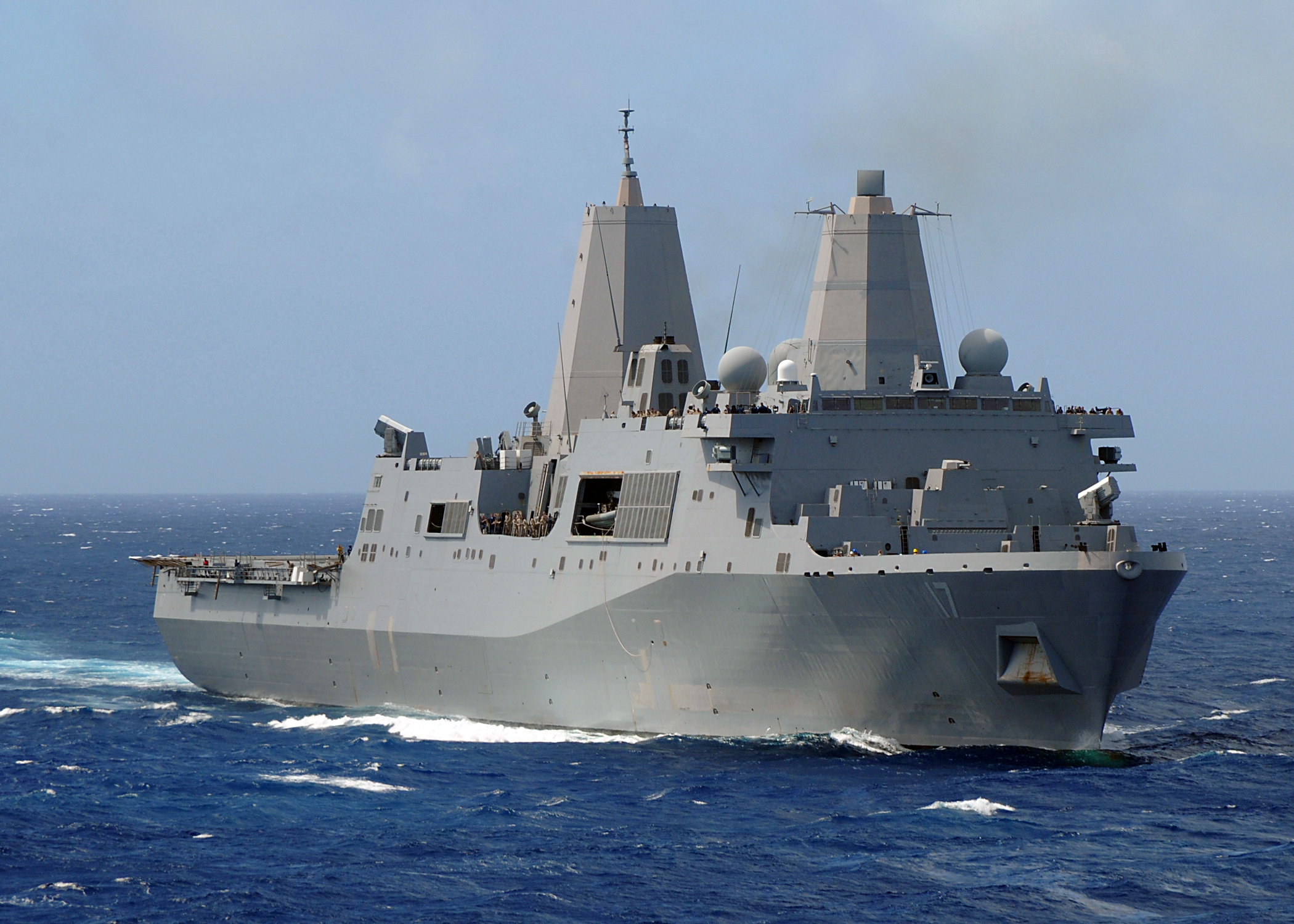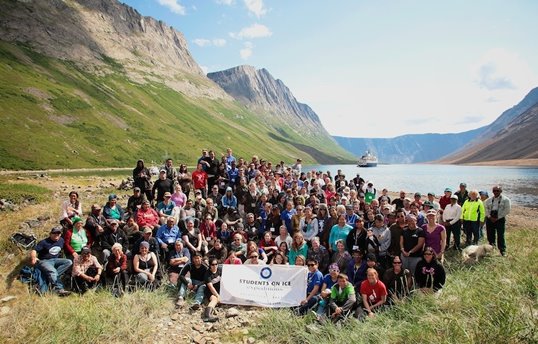In 2005, then Chief of Defence Staff Rick Hillier prompted a flurry of discussion when he stated that the Royal Canadian Navy (RCN) should buy a “big honking ship”to boost Canada’s blue water naval capabilities. His suggestion, an American San Antonio-class amphibious transport ship, would drastically improve the Navy’s strategic sealift capabilities and its ability to respond to crises in the twenty-first century. His efforts ultimately amounted to naught as the RCN’s Joint Support Ship (JSS) and Single Class Surface Combatant (SCSC) projects were given procurement priority and talk of a “big honking ship”slowly faded away.

The idea of Canada procuring a “big honking ship”is worthy of reconsideration but the San Antonio-class vessels suggested by General Hillier may not be the best answer. While they are extremely versatile vessels in terms of their capabilities, they have been plagued by production delays, mechanical faults, a $1.68 billion USD per ship price tag, and claims that the ships may not be able to survive in a battle environment. For Canada to get the most out of the procurement of an amphibious ship, it should look beyond the San Antonio-class to a more proven naval platform, namely an amphibious assault ship.
An amphibious assault ship is very similar to an aircraft carrier in both appearance and functionality. Common features of this type of vessel include a large flight deck for helicopters or vertical take-off/landing (VTOL) fighter aircraft, large troop and equipment transport capacity, aircraft hangars, and a well deck for launching amphibious vehicles and landing craft. Amphibious assault ships tend to operate as focal points of amphibious naval task forces and form the backbone of many navies’force projection capabilities. Six countries around the world currently have amphibious assault ships as a part of their fleets: the United States, France, the United Kingdom, Spain, Italy, and South Korea. Of these six states, the United States Navy (USN) has the largest contingent of amphibious assault ships with ten currently in service, while France and Italy both have three and the other three states each have one.
The procurement of an amphibious assault ship offers Canada the chance to reinvigorate its depleted navy and greatly enhance its blue water operational naval capacity.
The procurement of an amphibious assault ship would provide numerous benefits to the RCN and greatly enhance its operational capacity in both combat and non-combat areas. With the opening of waterways in the Arctic due to global warming, an amphibious task force (centred on an amphibious assault ship and its helicopters and landing craft) could be a premier tool for maintaining Canada’s sovereignty in the Arctic. Its sealift capability would allow Canada to independently carry out and support both its own combat missions abroad and United Nations peacekeeping operations. The ship would also give the RCN force projection capability that it has lacked for many years and alleviate American concerns of Canadian free riding on continental defence. Furthermore, it would greatly enhance Canada’s ability to swiftly respond to natural disasters and provide humanitarian aid. Onboard hospitals could treat natural disaster victims while the ship’s helicopters could quickly deliver aid and engage in search and rescue operations.

This procurement project presents some big challenges to both the RCN and the Canadian Forces in general. Amphibious assault ships are manpower intensive and require crews much larger than the RCN is accustomed to fielding. This would necessitate increased recruitment for the RCN, but serving on such a prestigious and modern vessel may help entice enlistment. The RCN’s lack of experience with amphibious assault ships would also pose a problem but considering that the current operators of amphibious assault ships are some of Canada’s closest allies who may be willing to lend a hand, the problem is not insurmountable.
Perhaps the biggest challenge is the increase in military spending and the retraining the Canadian Forces would need to adapt to the new ship. Along with the purchase of the ship itself, the Canadian Forces would have to buy many new naval helicopters (and possibly VTOL aircraft like the F-35B Lightning), amphibious landing craft, and the logistical equipment necessary to operate an amphibious military unit. A battalion of the Canadian Army would also have to be retrained in the art of amphibious warfare (or a completely new amphibious unit created) to fully realize the potential of the amphibious assault ship’s capabilities. The challenges the procurement of this ship presents are not small but they are not impossible to overcome.
The procurement of an amphibious assault ship offers Canada the chance to reinvigorate its depleted navy and greatly enhance its blue water operational naval capacity. Utilizing the vessel to its full potential would require a significant shift in Canadian strategic thought and also a huge investment in the Canadian military. This leads to an important question, which amphibious assault ship design best suits Canada’s needs?
(Part II is an examination of the pros and cons of procuring an American designed AAS, specifically the Wasp or America class.)




